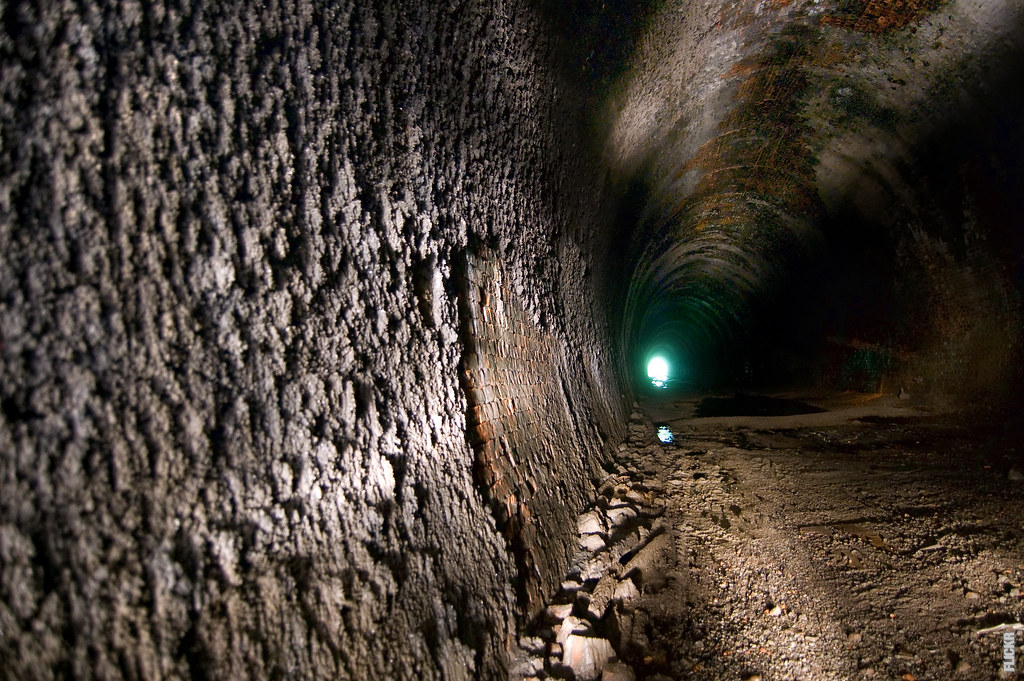The Enigmatic Journey to Earth’s Core
Have you ever wondered what lies beneath our feet? The composition of Earth has puzzled scientists for centuries, and the journey to uncover its secrets has been nothing short of extraordinary.
Layers of Complexity
Earth is composed of several distinct layers, each with its own unique characteristics. At the surface, we encounter the crust, a thin layer of solid rock that varies in thickness from around 5 to 70 kilometers. Beneath the crust lies the mantle, a semi-solid layer that extends approximately 2,900 kilometers towards the core. Finally, at the heart of our planet, we find the core, divided into two parts: the outer core, a liquid iron-nickel alloy, and the inner core, a solid ball of iron and nickel.
Building Blocks of Earth
The composition of Earth can be divided into several key elements. Oxygen is the most abundant element in the crust, making up around 46% of its mass. Silicon follows closely behind, accounting for approximately 28%. Other significant elements include aluminum, iron, calcium, sodium, and potassium.
A Geological Tapestry
Earth’s composition is not static; it is constantly changing and evolving. The movement of tectonic plates, volcanic eruptions, and erosion all contribute to the dynamic nature of our planet. These processes not only shape the surface of Earth but also influence the distribution of elements within its layers.
Unraveling the Mysteries
Scientists have relied on various methods to study the composition of Earth. One approach involves analyzing seismic waves generated by earthquakes. These waves travel through different layers of the planet, providing valuable insights into their composition. Another technique involves studying rocks brought to the surface through volcanic eruptions or by tectonic forces. By analyzing the minerals and elements present in these rocks, scientists can gain a deeper understanding of Earth’s composition.
Post
Post
Implications for Life
Understanding the composition of Earth is not only crucial for unraveling the mysteries of our planet but also for discovering the potential for life beyond Earth. By studying the elements and conditions conducive to life as we know it, scientists can broaden their search for habitable environments in the universe.
Awe-Inspiring Diversity
The composition of Earth is a testament to the awe-inspiring diversity and complexity of our planet. From the fragile crust to the molten mantle and the metallic core, each layer contributes to the delicate balance that sustains life on Earth. As we continue to explore and unravel the mysteries of our planet, let us marvel at the intricate tapestry that lies beneath our feet.



